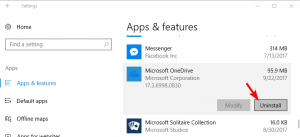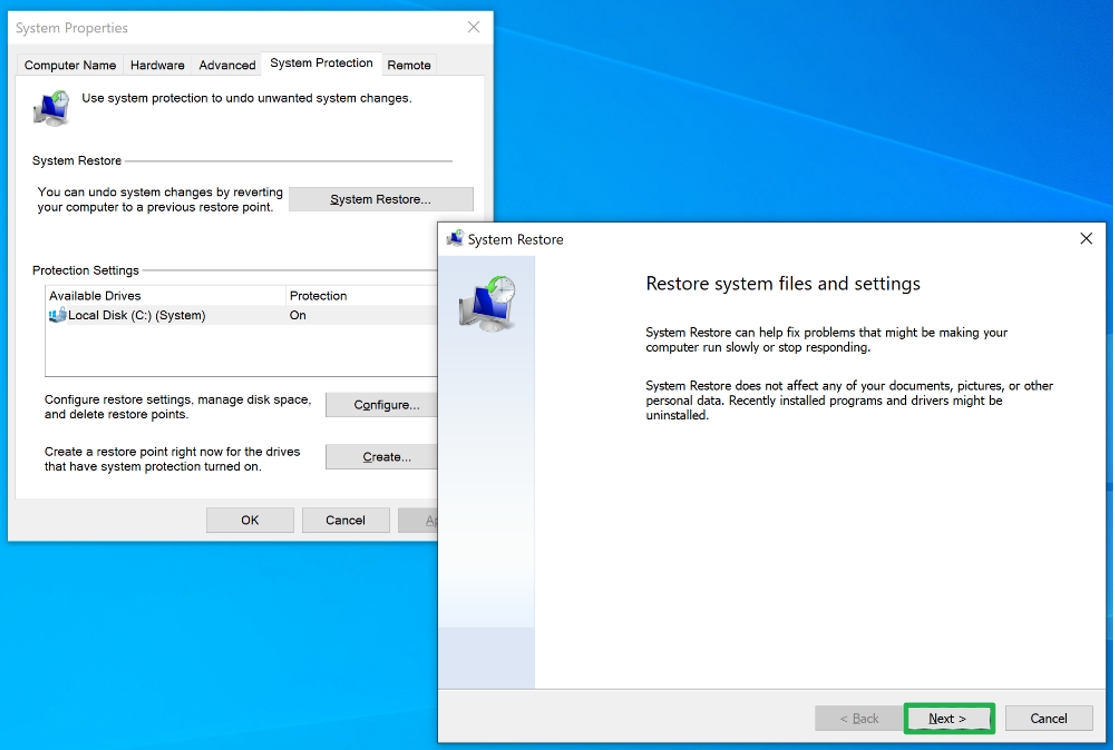

The former option will keep your personal documents, photos and music files intact. A new window will appear with two options: Keep my files or Remove everything.Under Reset this PC, click on Get Started. Select Recovery in the left-hand menu.To open the Settings app, you can click the Start button and then click Settings, or press Windows key + I keyboard shortcut.Method 1: Reset Windows 10 PC to Factory Settings After Logging inĪfter logging in to Windows 10, you can reset your computer to factory default settings using the Settings app. In this tutorial we’ll show you 3 ways to reset Windows 10 computer to its factory default state, even if your computer is locked out or unbootable. This will bring your Windows 10 laptop or desktop to the state when it was first turned on. However, you can install third-party tools that allow you to do this.If your computer becomes sluggish, or freezes or hangs randomly, you might consider doing a factory reset. Select either Refresh your PC to repair the PC, or Reset your PC to prepare the PC for another user.įor PCs, there isn't a built-in way to reset a device remotely.

This works even if you're not logged into Windows.

If the device is not responsive, try restarting it first.Ĭlick the power button, then hold down Shift while choosing Restart. Select either Keep my files to repair the PC, or Remove everything to prepare the PC for a new user. Ways to reset a desktop PCĬlick Settings > Update & security > Recovery > under Reset this PC, click Get started. To return the device to the original factory state, you must flash it with the original factory image. For example, any packages that were added or modified during an update remain. When you reset a device, it does not return it to the original factory state.


 0 kommentar(er)
0 kommentar(er)
